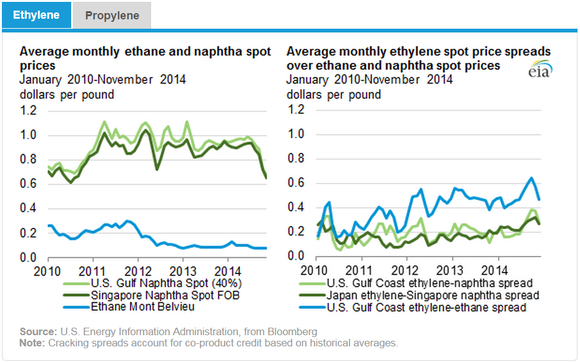10 Billion in Hidden Costs It s Time for Mutual Funds to Level the Playing Field
Post on: 26 Июль, 2015 No Comment

Mutual fund investors who choose no-load funds with low management fees no doubt think they are getting the best possible deal. But even investors in low cost funds get hit with hidden costs that amount to more than $10 billion annually.
These expenses are generated whenever someone buys or sells shares. The problem is exacerbated when short-term traders move in and out of funds. Portfolio brokerage commissions and market impact costs associated with buying and selling shares are borne by all shareholders, which means short-term shareholders are getting a free ride — or at least a cheap ride — at the expense of long-term shareholders.
Mutual fund companies are well aware that these hidden costs are being passed along to all shareholders, and if you read a prospectus carefully, you will find a disclaimer that reads something like this one from Vanguard’s Equity Income Fund:
As money is shifted into and out of a fund by a shareholder engaging in frequent trading, a fund incurs costs for buying and selling securities, resulting in increased brokerage and administrative costs. These costs are borne by all [Vanguard’s emphasis] fund shareholders, including long-term investors who do not generate the costs.
Several procedures have been used to reduce this wealth transfer from long-term investors to traders, including minimum holding periods, restrictions on the total number of transactions during a specific time frame and redemption fees for a specific time period after purchase. Restrictions on minimum holding periods or the number of transactions may reduce in-and-out trading, but only minimally. Redemption fees do nothing to reduce liquidity costs created by inflows, which are substantial.
If none of these procedures are effective in reducing short-term trading costs, why do some mutual funds continue to use them? The reason appears to be the compensation pattern for management fees. Management fees are typically a proportion of assets under management, which gives fund managers an incentive to increase assets as much as possible. There is a clear conflict of interest between the incentives for increasing assets versus the goal of reducing liquidity costs imposed on long-term mutual fund investors.
But it is time for mutual funds to put investors first and level the playing field by changing the way they charge shareholders for trading. Quite simply, a pay as you go system is needed so those who are trading in or out pay for the cost of their trades.
In a research paper David Rakowski, associate professor of finance at the University of Southern Illinois, Carbondale, and I examine a new approach to correct the inequitable wealth transfer in mutual funds. Known as the Sacks Equalization Model (SEM), it is a patented algorithm developed by Seymour Sacks, a 50-year veteran of the securities industry.
With SEM, the portfolio brokerage commissions for purchasing shares are added to the purchase price and the revenue generated by this mark up is returned to the general revenues of the fund. The price paid to redeeming investors is the net asset value minus brokerage costs incurred to sell some of the fund’s securities.
SEM can logically be extended to include the market impact costs of transactions caused by new inflows to the fund or redemptions. For example, if market impact costs and commissions result in a cost of $.04 to buy or sell a share with a net asset value of $10.00, a purchaser would pay $10.04 and a seller would receive $9.96.
This approach is not only fair, but it can easily be adopted by any open-end mutual fund and it can improve fund performance by up to one percent. What’s more, the algorithm can improve performance for long-term shareholders without unduly punishing short-term traders or dampening assets under management. It is a straightforward solution to a problem that has been with us as long as the mutual fund industry.
The question now is: Will the industry step up?
Miles Livingston, Ph. D. is Bank of America Professor of Finance at the University of Florida, Gainesville, and has studied mutual funds and the capital markets extensively.














